Review of the Day: Hazelnut Days by Emmanuel Bourdier, ill. ZAÜ
 Hazelnut Days
Hazelnut Days
By Emmanuel Bourdier
Illustrated by ZAÜ
minedition (an imprint of Michael Neugebauer Publishing Ltd.)
$17.99
ISBN: 978-988-8341-54-2
For ages 6 and up
On shelves May 1st
I’m on a children’s book committee right now with an interesting mix of members. Some folks are old hands that have read more picture books in their lifetime than I could ever attempt. Others are fresh-faced newbies, coming onto the committee with their own ideas of what does and doesn’t constitute appropriate picture book fare for kids. The next time we have a meeting I’m planning on bringing with me a secret weapon. A picture book that defies age categorization, even as book distributors, review journals, and even its own publisher, struggle to determine the best age to read it. For me, Hazelnut Days by Emmanuel Bourdier and ZAÜ represents a very distinct form. Sometimes, picture books are best suited for older readers. Not always. Not exclusively. But from time to time we’ll get a book of deep emotional complexity, flawed characterizations, and reality for the elementary school set that redefines the narrow confines of what some folks assume picture books are capable of accomplishing. On the surface, Emmanuel Bourdier’s Hazelnut Days is just another message book about a boy with an incarcerated father. In reality, it’s a whipsmart approximation of all the conflicted feelings a child is privy to when they visit a beloved parent behind bars. A book that works beyond its surface message.
His dad isn’t wearing his hazelnut fragrance today. Instead it’s that peppermint one that makes him smell like a school bathroom. His son doesn’t approve of that, or the fact that his dad has clearly started smoking again, but then his mind wanders. He thinks about the ways he deflects questions in school about his dad’s job. He considers how he and his dad have the same ears. He thinks about how he discusses dad with mom, how his bad report cards anger his father, and how he wants to be just like him one minute, and then is furious at him the next. When his dad cries, sometimes the boy cries with him. Sometimes he doesn’t. Next thing you know the guard is jingling his keys. Visiting hours are over and the next time he comes the boy will bring hazelnuts. A great big bag of them.
ADVERTISEMENT
ADVERTISEMENT
 I’ll say right off the bat that this isn’t the first book about an incarcerated dad I’ve ever read. The gold standard for years was always Jacqueline Woodson’s Visiting Day, and for a long time it was the only game in town. Then in 2013 the author/performer Daniel Beaty’s poem Knock Knock was turned into a poem at the instigation of artist Bryan Collier. Like Hazelnut Days, Knock Knock never uses the word “jail” or the word “prison” or “prisoner”. But Hazelnut Days is less interested in the process of a kid going to jail (as in Visiting Day) or thinking deeply about what it means to grow to be a man without a father (as in Knock Knock) than it is in examining the day-to-day realities of missing your father, hating your father, loving your father, blaming your father, forgiving your father, and above all wanting to be your father. It isn’t the first book about incarcerated dads I’ve seen, but it is clearly one of the best.
I’ll say right off the bat that this isn’t the first book about an incarcerated dad I’ve ever read. The gold standard for years was always Jacqueline Woodson’s Visiting Day, and for a long time it was the only game in town. Then in 2013 the author/performer Daniel Beaty’s poem Knock Knock was turned into a poem at the instigation of artist Bryan Collier. Like Hazelnut Days, Knock Knock never uses the word “jail” or the word “prison” or “prisoner”. But Hazelnut Days is less interested in the process of a kid going to jail (as in Visiting Day) or thinking deeply about what it means to grow to be a man without a father (as in Knock Knock) than it is in examining the day-to-day realities of missing your father, hating your father, loving your father, blaming your father, forgiving your father, and above all wanting to be your father. It isn’t the first book about incarcerated dads I’ve seen, but it is clearly one of the best.
One choice that Bourdier made early on was to mention the dad’s incarceration only at the end of the book. This means that an initial read will differ widely from a second close reading. For obvious reasons, you miss a lot of details the first time. Sentences like, “One day we’ll race each other to see who’s the fastest, and I’ll win. By then he’ll be too old to catch me.” The deeper meaning of those words sinks in when you know the context. Or the moment when the mom “looks through his small, square window” before it is revealed where the family is. I can see teachers and educators using this book in children’s English classes to highlight how much a story can change when you’re given all the information, rather than just bits and pieces. It’s a book that certainly rewards multiple readings.
 It’s also French. To my mind, a good translation is one where it would never occur to you in a million years to think that the book was translated. Consider this passage when our hero makes up fake occupations for his dad, to deflect questions from his schoolmates: “Now I tell them: He’s a cloud sculptor, a mole tamer, an inventor of dirty words . . . But at the same time he’s also: a void maker, a ghost king, a fog machine.” That’s such an elegant translation. No doubt the translator had their work cut out for them. Once you know the book was originally published in France, some of the more surreal but charming elements fall into place. For example, when asked how she met his dad, the boy’s mom “said that one summer day he crashed into her car in a parking lot. The rest is history.”
It’s also French. To my mind, a good translation is one where it would never occur to you in a million years to think that the book was translated. Consider this passage when our hero makes up fake occupations for his dad, to deflect questions from his schoolmates: “Now I tell them: He’s a cloud sculptor, a mole tamer, an inventor of dirty words . . . But at the same time he’s also: a void maker, a ghost king, a fog machine.” That’s such an elegant translation. No doubt the translator had their work cut out for them. Once you know the book was originally published in France, some of the more surreal but charming elements fall into place. For example, when asked how she met his dad, the boy’s mom “said that one summer day he crashed into her car in a parking lot. The rest is history.”
Generally speaking I have one rule when it comes to children’s books: No brown covers. I don’t care if you’ve written a work of scintillating nonfiction, a poetry collection, a picture book, or a middle grade novel. You slap a brown cover on that book and I don’t care how cool an image you have featured, kids are going to avoid that book like it was the plague. In the deepest recesses of their little reptilian brains, children have somehow come to the inescapable conclusion that brown = boring. Sepia = excruciatingly dull. And tan? Don’t even get me started on tan. And sad as it is to say, Hazelnut Days has been done no favors with its brownish brown brown book jacket. To be fair, the images inside are brown as well and you could make a very good case about why it is bad form to mislead child readers with book covers that don’t match their interiors. My worry in the case of this book is that both child readers and adult readers will miss the contents inside, eschewing the brownness of the book.
 Inside, the brown is there, but it makes a fair amount of thematic sense. Right off the bat we learn that our hero likes it best when his dad wears a hazelnut fragrance. This is accompanied by art rendered in graphite, white and gray pastels (perhaps) all done on top of hazelnut-colored paper. The artist ZAÜ spends most of his time examining faces. The very first shot, in fact, is a large close-up of the dad’s face laughing, the glint of his gold tooth just barely visible. The boy’s face is interesting to contrast with this. To a certain extent, the illustrator places him on the margins. Since the book is written in the first person, it stands to reason to believe that we are being placed in the boy’s shoes for the most part. So you’ll find him peeking around the edges of his mother or at the sides of the pages themselves. Watch his eyes. Look where they look. Gauge how they reflect his feelings when even his words can’t. Watch this boy.
Inside, the brown is there, but it makes a fair amount of thematic sense. Right off the bat we learn that our hero likes it best when his dad wears a hazelnut fragrance. This is accompanied by art rendered in graphite, white and gray pastels (perhaps) all done on top of hazelnut-colored paper. The artist ZAÜ spends most of his time examining faces. The very first shot, in fact, is a large close-up of the dad’s face laughing, the glint of his gold tooth just barely visible. The boy’s face is interesting to contrast with this. To a certain extent, the illustrator places him on the margins. Since the book is written in the first person, it stands to reason to believe that we are being placed in the boy’s shoes for the most part. So you’ll find him peeking around the edges of his mother or at the sides of the pages themselves. Watch his eyes. Look where they look. Gauge how they reflect his feelings when even his words can’t. Watch this boy.
Few libraries and fewer bookstores allot a section of their layout to “Older Picture Books”. At best they might interfile them with the regular fiction, but that’s hardly a guarantee of success. Few 10-year-olds want to be seen eyeballing a picture book when there are Rick Riordan tomes to devour. That makes a book like Hazelnut Days a tricky number. It can certainly be read and enjoyed with younger children. Obviously you can read it with kids that have their own incarcerated loved ones. But this is the kind of book that doesn’t have a single solitary audience. Hazelnut Days is going to find a home with the kids that like to think a lot about the world in which they live. It’s going to appeal to educators and teachers. Librarians and other gatekeepers will approve its artistry, even as the occasional bold 12-year-old sneaks a peek at it on the sly. It will never be a massive hit. It will never be on the tip of the tongue of every children’s literature fan in America. But it will garner slow, steady, approval and aplomb. And most importantly, those that read it will find it hard to forget. A book for our times, whether we want to admit that to ourselves or not.
Filed under: Best Books, Best Books of 2018, Reviews, Reviews 2018
About Betsy Bird
Betsy Bird is currently the Collection Development Manager of the Evanston Public Library system and a former Materials Specialist for New York Public Library. She has served on Newbery, written for Horn Book, and has done other lovely little things that she'd love to tell you about but that she's sure you'd find more interesting to hear of in person. Her opinions are her own and do not reflect those of EPL, SLJ, or any of the other acronyms you might be able to name. Follow her on Twitter: @fuseeight.
ADVERTISEMENT
ADVERTISEMENT
SLJ Blog Network
Happy Poem in Your Pocket Day!
More Geronimo Stilton Graphic Novels Coming from Papercutz | News
Parsing Religion in Public Schools
Environmental Mystery for Middle Grade Readers, a guest post by Rae Chalmers
ADVERTISEMENT

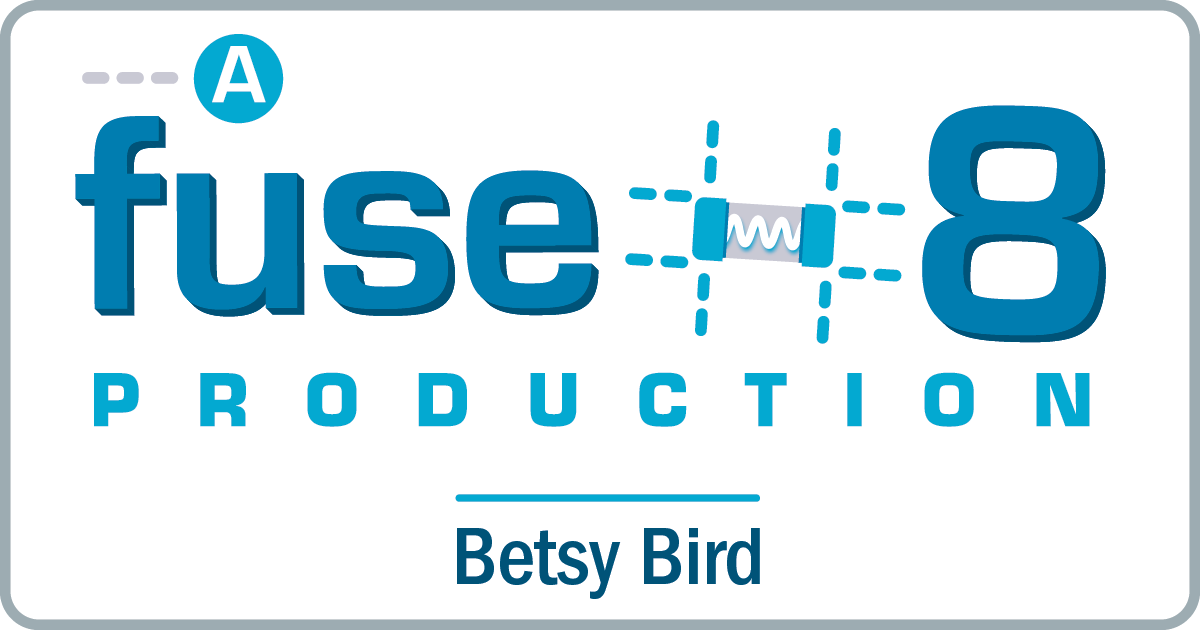

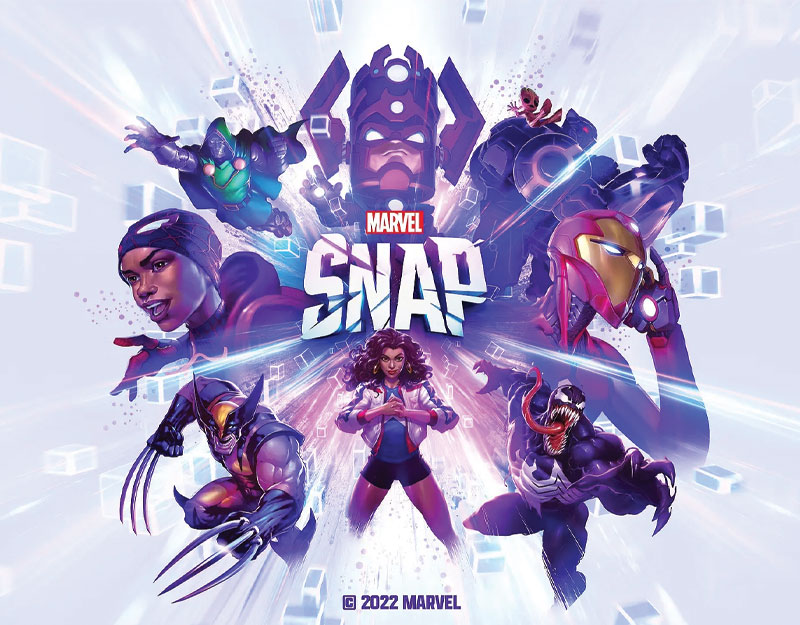

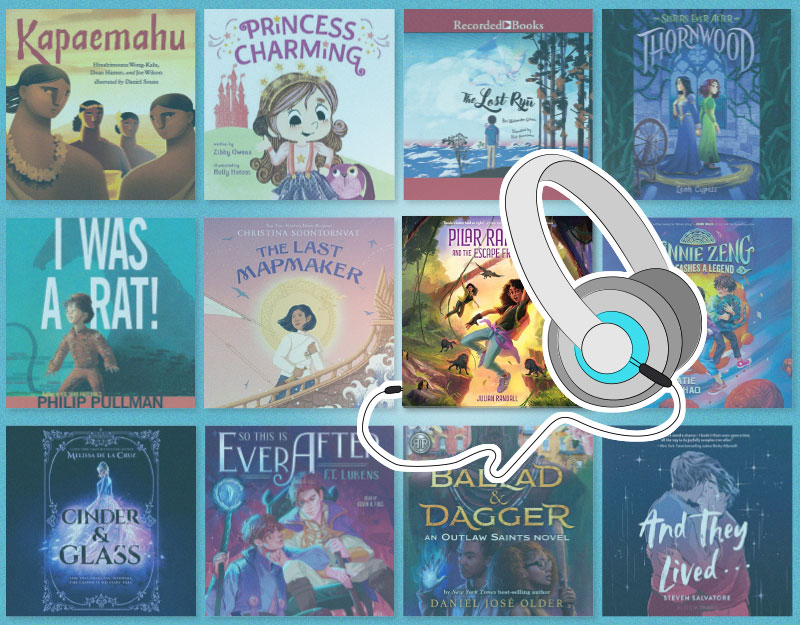
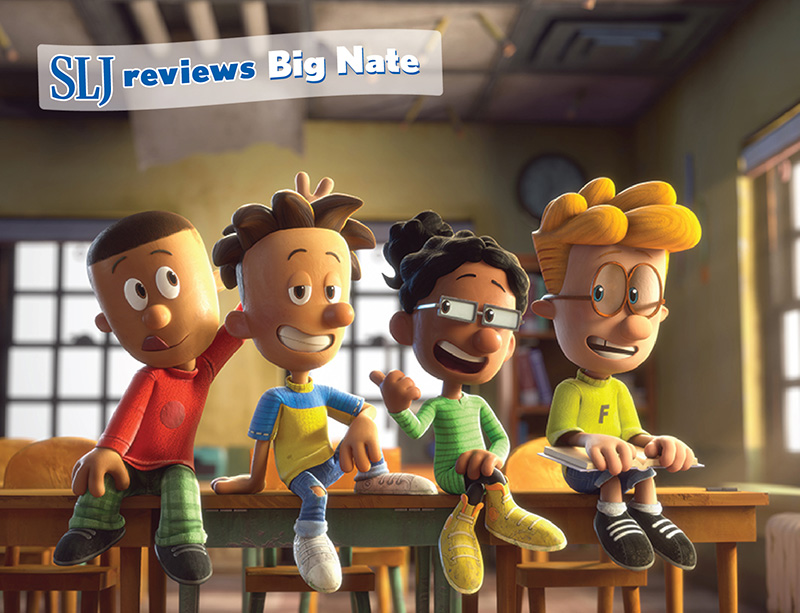
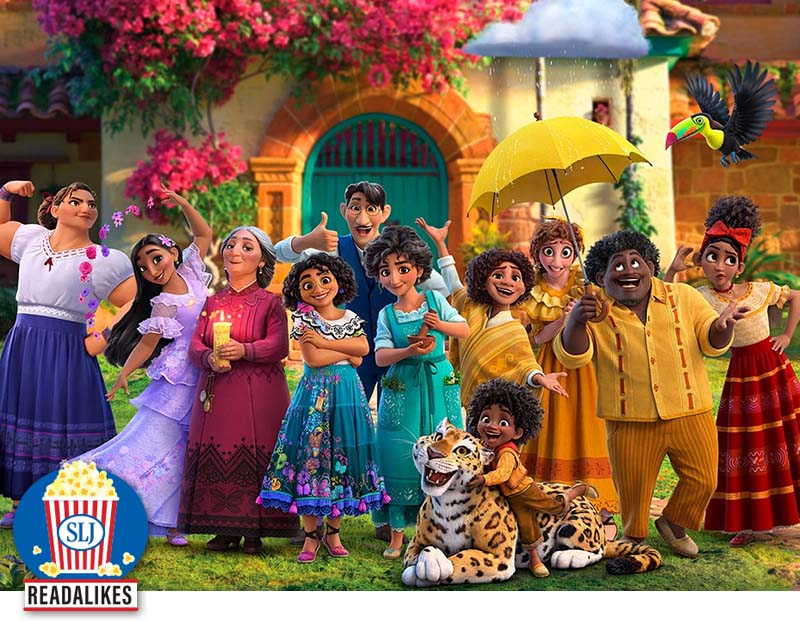
Hello.
Thank you Elzabeth. For your words, for your eyes on my work.
Touché…
Amicalement
Emmanuel Bourdier
Never heard of this one before, but will go and get it. Thanks for this post!